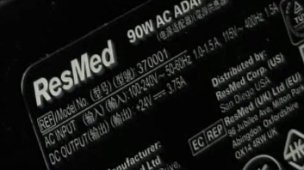Thanks 12VoltInstalls. You’re reading my mind re inverters which can best meet my needs.
The solar setup I have will not expand: no more rooftop space for panels; No need for larger solar controller.
I have two problems:
- What size inverter? 1200V vs 1500-2200V
- Physical constraints
If I add a 1200W pure sine inverter, I could get by with my current 100ah lithium. Any larger inverter will require an additional lithium battery.
Our current compliment of AC powered goodies can be powered with a 1200V inverter. Inside the trailer, I have a 24v TV, 700W microwave, notebook computers, blow dryer, power tools.
However, I can imagine us adding additional appliances. For instance, it’s possible we may wish to use a coffee maker or toaster in the future. It would be good to know that our propane/electric refrigerator/freezer could be powered via a larger inverter in an emergency.
So, my bottom line: I don’t want to revisit our setup which could happen if if we decide to add goodies. A 1500W - 2200W inverter will cover any unforeseen needs in the future. Want to do this once, and not revisit inverter size.
My other problem surrounds the physical size of the inverter. My solar basement is 20” x 21”. Pure sine Inverters require 6-12” of space around the inverter to prevent objects from blocking the vents and to provide enough air to circulate. Most 1500V & 2000V inverters are 16-18 inches long.
I briefly considered Rich Solar/Renogy 2000V inverter, only 12” long. But it has very mixed reviews.



